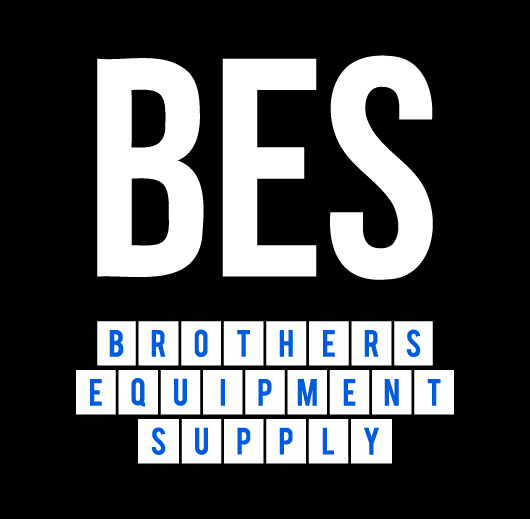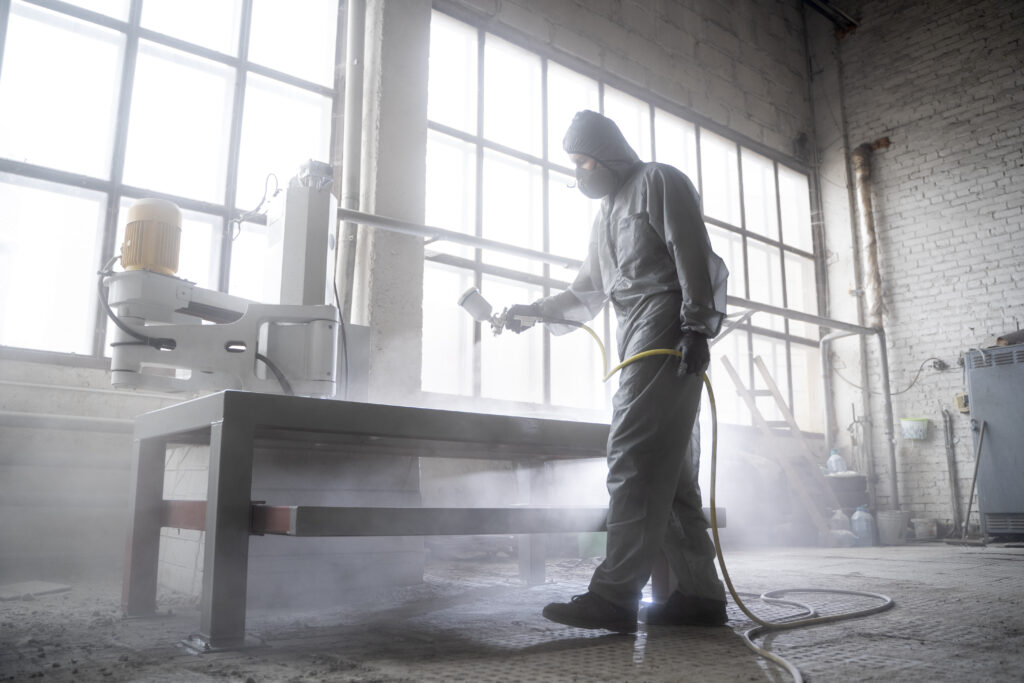How To Get Dust Out Of The Air After Construction Work
How To Get Dust Out Of The Air After Construction Work
By: Brothers Equipment And Supply
Construction and renovation projects are integral parts of building and improving our living spaces.
However, along with the impressive results, these endeavors often leave behind a less welcome legacy – dust.
Dust can be more than a minor inconvenience; it poses health risks and demands thorough cleanup.
In this article, we explore the best methods for post-construction dust removal, focusing on the use of air purifiers, air scrubbers, and blowers to ensure a dust-free environment.
Understanding The Dangers Of Construction Dust
Construction dust differs significantly from everyday household dust.
It’s often more potent and hazardous due to the materials involved. Three primary types of construction dust include:
- Silica Dust: Generated from materials like concrete, mortar, and sandstone.
- Wood Dust: Arising from work on softwoods, hardwoods, MDF, and plywood.
- Lower Toxicity Dust: Produced during tasks involving gypsum, limestone, dolomite, and marble.
Moreover, the air may contain volatile organic compounds (VOCs) from paints and adhesives, formaldehyde, and airborne fibers.
Many construction dust particles are minuscule, ranging from 0.1 to 0.3 microns in diameter, making them easy to inhale and accumulate in the lungs.
Short-term exposure can lead to allergic reactions and respiratory issues, while long-term exposure may result in serious health conditions such as lung cancer, silicosis, chronic obstructive pulmonary disease (COPD), and asthma. Silica dust alone is responsible for hundreds of worker deaths annually.
The Role Of Air Purifiers, Air Scrubbers And Blowers
To safeguard the health of both workers and occupants during and after construction, effective dust control is paramount.
The construction industry must prioritize the removal of construction dust from the environment.
Air-cleaning equipment, including air purifiers, air scrubbers, and blowers, plays a pivotal role in this endeavor.
- Air Purifiers: These devices use HEPA (High-Efficiency Particulate Air) filters to capture particles as small as 0.3 microns, effectively removing dust and pollutants. Air purifiers also eliminate odors from paints, treated woods, and gases, creating a more comfortable environment.
- Air Scrubbers: Air scrubbers work by drawing in contaminated air and passing it through HEPA filters. Simultaneously, they introduce fresh, clean air, ensuring a constant supply of healthy indoor air.
- Air Blowers: Blowers, sometimes referred to as air movers, complement air purifiers and scrubbers by quickly drying surfaces like drywall, flooring, and carpet. They facilitate the removal of dust particles from these surfaces.
Tips For Effective Construction Dust Removal
- Consider air cleaners that can be attached to your furnace or air-conditioning unit for comprehensive dust removal.
- After construction work, ventilate the area by opening doors and windows to let fresh air in and remove polluted air.
- Create negative pressure in the renovation area using fans or blowers, preventing dust from escaping into other spaces.
- Avoid sweeping dust with brushes or feather dusters, as it can disperse particles into the air.
- Check commonly missed fixtures and fittings for dust remnants, including ceiling fans, light fixtures, and indoor accessories.
Incorporating these tips and employing air purifiers, scrubbers, and blowers is the most effective way to clean up dust after construction.
By doing so, you protect the health and well-being of everyone involved in and around the construction site, ensuring a safer and more comfortable environment for all.
FAQs About How To Get Dust Out Of The Air After Construction Work
Construction work often leaves behind unwanted dust in the air, which can pose health risks.
To help you effectively remove dust and maintain a clean environment, here are the top 10 frequently asked questions:
1. Why is it essential to remove dust after construction work?
-
- Dust can contain harmful particles that, when inhaled, lead to health problems such as respiratory issues, allergies, and even serious diseases like silicosis and lung cancer.
2. What types of dust are typically present after construction work?
-
- Common types of construction dust include silica dust (from concrete and sandstone), wood dust (from softwoods and hardwoods), and lower toxicity dust (from materials like gypsum and limestone).
3. What are the potential health risks associated with construction dust?
-
- Prolonged exposure to construction dust can result in lung cancer, silicosis, chronic obstructive pulmonary disease (COPD), and asthma, among other health issues.
4. How can air purifiers help remove dust after construction work?
-
- Air purifiers equipped with HEPA filters can capture and remove dust particles as small as 0.3 microns, effectively improving indoor air quality.
5. What are air scrubbers, and how do they contribute to dust removal?
-
- Air scrubbers work by drawing in contaminated air and passing it through HEPA filters. They then release clean air, ensuring a constant supply of dust-free indoor air.
6. How do blowers assist in cleaning up dust after construction work?
-
- Blowers, or air movers, facilitate the drying of surfaces like drywall, flooring, and carpet, aiding in the removal of dust particles from these surfaces.
7. Can construction dust affect areas outside of the immediate work site?
-
- Yes, dust can travel through air ducts and other openings, infiltrating other areas within the building. Proper containment and ventilation are essential to prevent this.
8. How often should HEPA filters in air purifiers and scrubbers be cleaned or replaced?
-
- It’s recommended to follow the manufacturer’s guidelines for filter maintenance. Typically, filters should be cleaned or replaced when they become visibly dirty or clogged.
9. Are there any precautions to prevent dust from re-entering the cleaned area after construction?
-
- After construction work is completed, open doors and windows to allow fresh air in and polluted air out. Creating negative pressure with fans or blowers can also help prevent dust from escaping.
10. Can I use household cleaning methods to remove construction dust effectively?
-
- While household cleaning methods can help, they may not be as effective in capturing fine construction dust particles. Air purifiers, scrubbers, and blowers are recommended for thorough dust removal.
If you have any questions about our article, “How To Get Dust Out Of The Air After Construction Work” or need air scrubbers and air movers, call us at 416-912-2205 or chat with us on LiveChat or social media.

